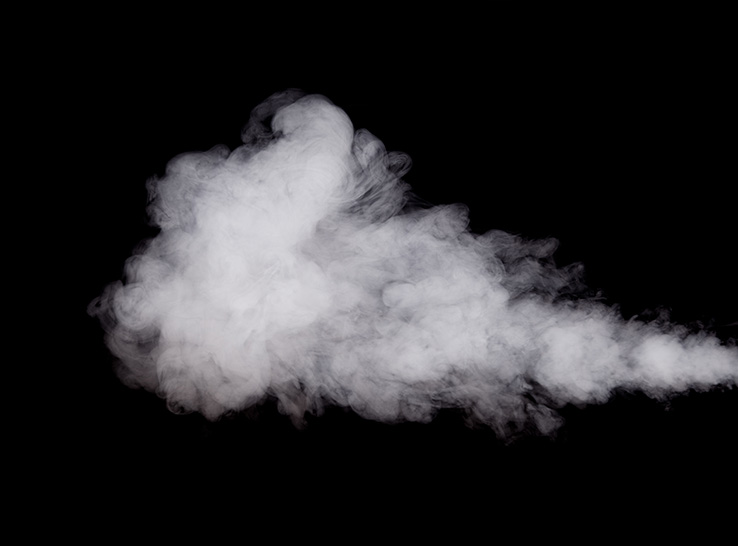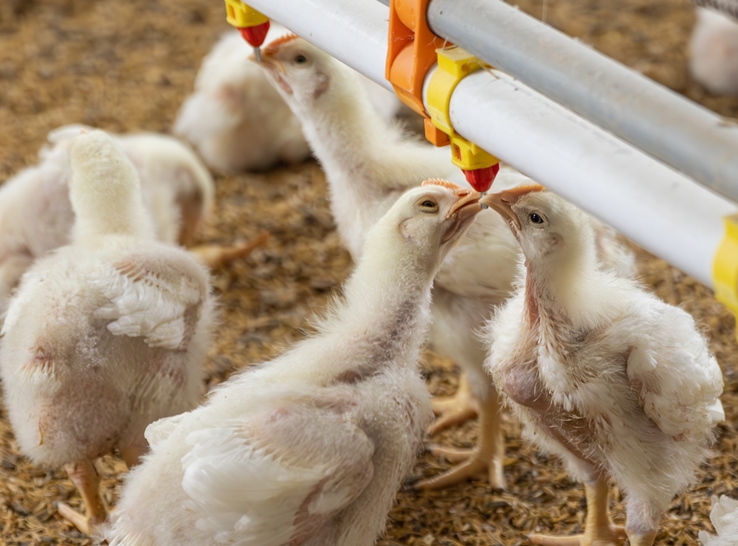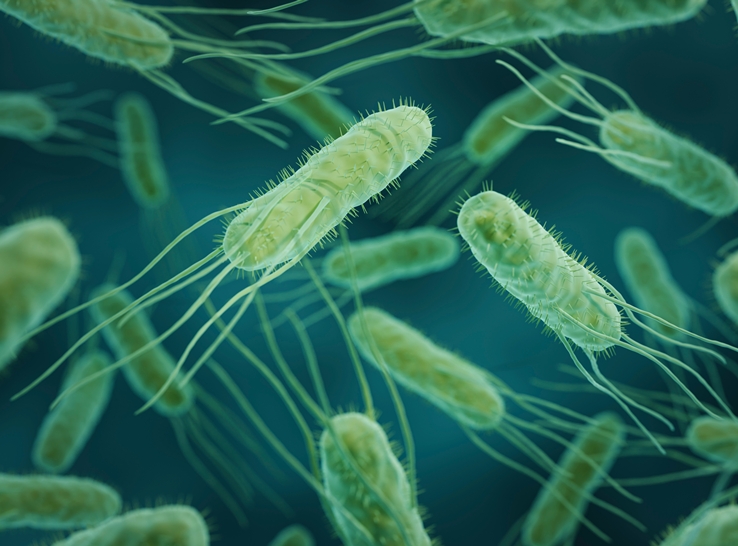Steam or steam plus forced air heat may become an approved method to supplement ventilation shutdown during emergency depopulation of cage-free aviary laying operations, according to researchers at Michigan State University and the University of Arkansas.
To quickly depopulate cage-free aviary layer houses under emergency conditions, producers typically use ventilation shutdown (VSD) combined with other methods when more time-consuming preferred methods are not feasible. VSD “plus” methods (VSD+) currently include added heat and/or carbon dioxide (CO2).
While USDA makes the final decision on what methods will be implemented in each emergency case — for example, highly pathogenic avian influenza (HPAI) outbreak — steam has advantages compared to CO2, such as worker safety, potentially lower labor cost (more carcasses at floor level) and ready supply.
A history of mass depopulations of poultry
The researchers noted that over the past decade, there have been several emergency mass depopulations of domestic poultry in the US.
HPAI outbreaks in 2015 and 2022 triggered emergency depopulation measures and resulted in the loss of more 85 million layers and pullets.
Moreover, during the multiple HPAI outbreaks of 2015, there was a shortage of CO2 carts for layers (as well as firefighting foam for turkeys), which delayed timely depopulation of infected flocks.
Based on the UK’s success with more effective emergency depopulation methods, the USDA adopted VSD methods. In 2019, the American Veterinary Medical Association (AVMA) issued guidelines on their use, covering both preferred methods (like foam, containerized gassing and mechanical methods) and other methods “permitted in constrained circumstances,” including VSD+.
When a farm has a confirmed diagnosis of HPAI, USDA-APHIS guidelines call for depopulation within 48 hours, which may not allow application of preferred methods and thus require use of VSD+ with added heat and/or CO2.
“Both recognized ‘pluses’ work but can have issues,” the Michigan and Arkansas researchers point out. “VSD+ heat typically causes a decrease in environmental humidity and can affect PVC structures, while CO2 can be a human safety concern and has procurement problems during emergencies.
“Steam supplies both heat and humidity, the latter hindering birds’ ability to dissipate body heat through evaporative cooling, thus expediting hyperthermia.”
Evaluating VSD+
In this study, the researchers evaluated the effectiveness of VSD+ using steam as a “plus” for depopulation of laying hens in a cage-free aviary system.
They housed approximately 1,800 Lohmann Brown hens aged 56 weeks in Big Dutchman Natura 60 aviaries in four rooms and applied four VSD+ treatments:
- Control or VSD+ heat (VSD-H)
- VSD with steam (VSD-S)
- VSD with heat and then steam to maintain temperature and humidity (VSD-HS)
- VSD with steam and then heat to maintain temperature (VSD-SH)
All VSD+ procedures followed AVMA depopulation guidelines for temperature and time (40° C or 104° F within 30 minutes).
Trained assistants monitored hens via cameras to record times to first mortality and 100% mortality. Following depopulation, the researchers recorded mortality locations within each level of the housing system (floor area, first tier, second tier, third tier).
Steam shows promise
The four treatments generated the following results for observed time to first mortality (first number) and time to 100% mortality:
- VSD-H (82.7 minutes, 100% mortality not reached within 180-minute time limit)
- VSD-S (56.6 minutes, 112.3 minutes)
- VSD-HS (49.6 minutes, 83.3 minutes)
- VSD-SH (52.0 minutes, 103.6 minutes)
Hens in steam treatments were faster in reaching time to first and 100% mortality than hens in the treatment with heat alone supplementing VSD (P < 0.05).
Both VSD-S and VSD-SH treatments resulted in more carcasses located in the floor area than VSD-HS (P = 0.02). In addition, the assistants observed fewer carcasses with VSD-S and VSD-SH than with VSD-HS (P = 0.02) in first tier and third tier. There were no differences between treatments in second-tier mortality location.
The researchers concluded that “steam alone, or in combination with heat, demonstrated effectiveness as a ‘plus’ in ventilation shutdown for the depopulation of laying hens in a cage-free aviary system.”
Moreover, they said, because steam caused a simultaneous rise in ambient room temperature and humidity, it could make VSD+ performance more consistent. Also, it could help reduce reliance on CO2 as steam. CO2 had comparable mortality performance.
The full paper, “Can steam be usable as a ‘plus’ for ventilation shutdown?” can be found in The Journal of Applied Poultry Research and online here.
Editor’s note: Content on Modern Poultry’s Industry Insights pages is provided and/or commissioned by our sponsors, who assume full responsibility for its accuracy and compliance.








